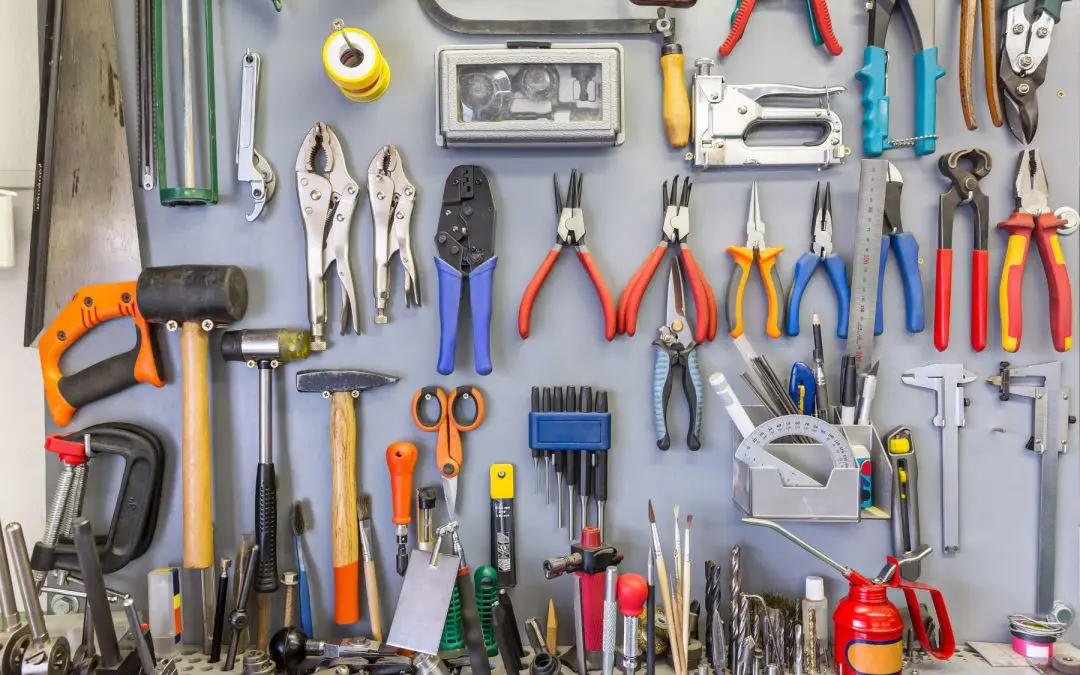Building a well-designed home workshop requires careful planning, a solid understanding of safety, and a phased approach to equipment acquisition. This guide will walk you through the essential steps to transform a corner of your garage, basement, or shed into the efficient, effective workshop you’ve always wanted.
Laying the Foundation for Home Workshop
Before any hammer swings or drill bits spin, the most crucial step is planning. The primary considerations are location, space allocation, and intended use.
Choosing the Right Location
The best location often depends on the type of work you anticipate doing. A garage is popular because it usually offers concrete floors, good ventilation, and a large door for moving materials and finished projects. Basements are climate-controlled and quiet, ideal for detailed work like electronics or fine woodworking, but they may require robust dust collection and moisture control. A dedicated shed or outbuilding offers excellent isolation from the main house but will involve extending utilities like power. Once a location is selected, clear the space entirely and take accurate measurements. Knowing the dimensions is critical for designing the layout.
Designing the Layout for Efficiency
A good layout maximizes usable space and ensures a safe workflow. Think in terms of zones: a main workbench area, a dedicated power tool station (like a table saw or drill press), a storage zone, and a clear assembly space. The workbench should be the centerpiece, placed to allow access from at least two sides if possible. Large, stationary tools should be positioned so that long stock can be fed into them without hitting walls or obstructions. Draw your layout on paper or use a free online floor planner, making sure to include the footprint of every major tool and piece of furniture. A common mistake is underestimating the space needed around the tools for safe operation.
Essential Utilities: Power and Lighting
Consider consulting a licensed electrician to install dedicated 20-amp circuits for high-draw machinery. Outlets should be conveniently located near your tool stations, not just along the walls. Safety is also enhanced by installing a main shutoff switch for the workshop. Lighting is equally important; a dark workshop is a dangerous and unproductive one. Combine general overhead lighting (LED shop lights are excellent) with focused task lighting over the workbench and stationary machines. Good lighting reduces eye strain and helps ensure accuracy and safety.
Equipping Your Home Workshop: Tools and Storage
The excitement of buying new tools can be tempting, but a methodical approach ensures you acquire what you truly need, when you need it.
Begin with the essentials that are universal to most crafts: a solid workbench, a quality set of hand tools (screwdrivers, hammers, pliers, squares, measuring tape), and versatile power tools (a good cordless drill/driver, a circular saw, and a random orbital sander). Don’t rush into buying large, expensive machinery until your skills and project needs demand it. Prioritize quality over quantity; a few reliable tools will outperform a bench full of cheap ones.
Clutter is the enemy of efficiency and safety. Storage should be a key part of your design. Vertical storage—shelving, pegboards, and wall cabinets—is your best friend in a space-constrained workshop. Dedicate specific homes for every tool and material. Shadow boards (where the outline of a tool is drawn on the board) help ensure that tools are put back immediately. Clear plastic bins and drawers are excellent for organizing fasteners and small parts. Mobile tool carts and cabinets on casters offer flexibility, allowing you to reconfigure the space for different projects.
FAQs About Building a Home Workshop
How much should I budget for a basic workshop?
The cost varies widely. A functional, basic setup in an existing space (garage or basement) can start from a few hundred dollars for a workbench, lighting, and essential hand tools. A fully-equipped woodshop with new, quality stationary tools, dedicated electrical, and climate control can easily run into several thousand dollars. Focus on acquiring tools incrementally as your projects require them.
Is it safe to build a workshop in a basement?
Yes, but you must address moisture and ventilation. Basements are prone to humidity, which can rust tools and damage materials. A dehumidifier is often necessary. Due to the lack of natural airflow, robust dust collection and an air exchanger or exhaust fan are critical for removing airborne particles and fumes.
What is the ideal height for a workbench?
The ideal height is generally considered to be where you can comfortably rest your knuckles or the heel of your hand while standing. For most adults, this is between 34 and 38 inches. If you primarily do detail work or electronics, a sitting height bench might be better. Consider a workbench with adjustable height legs for maximum versatility.
New Image Home Inspections offers home inspections to homebuyers in upstate South Carolina. Contact us to request our services.

